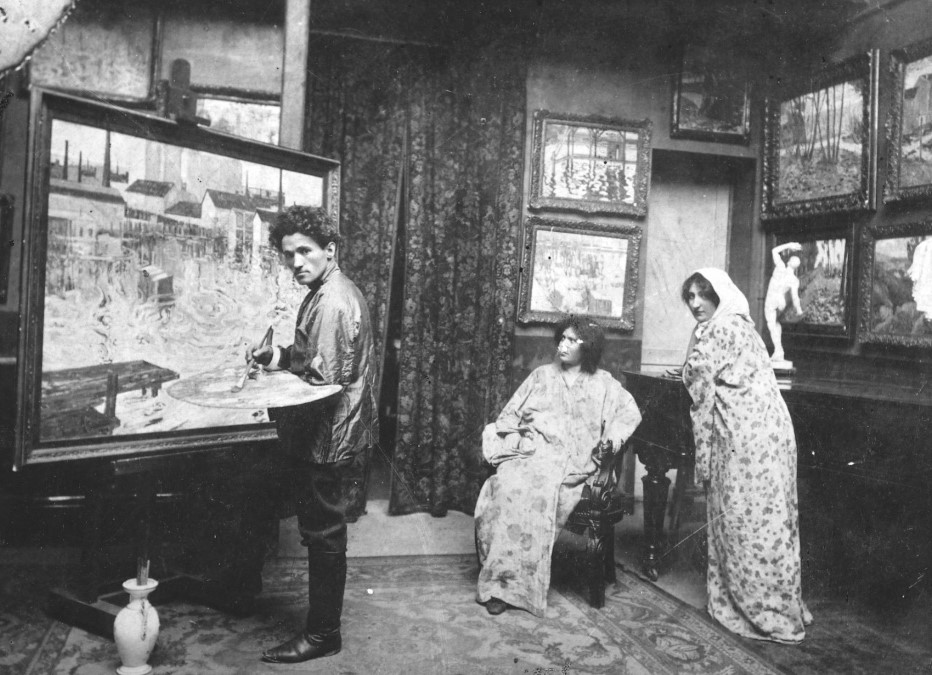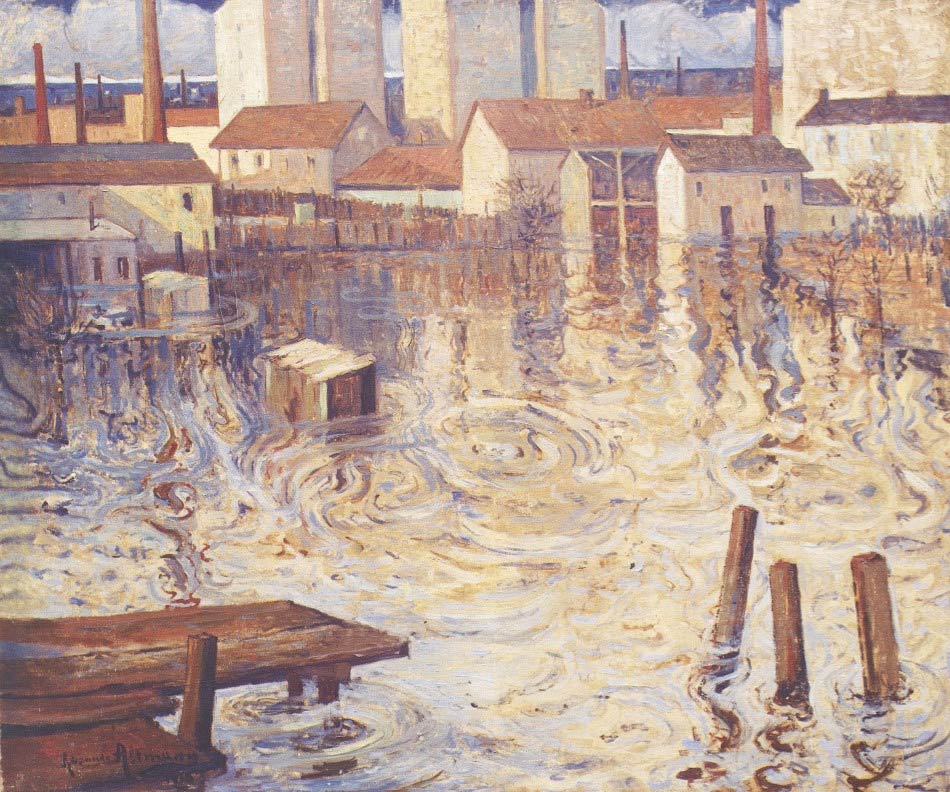Jean ADLER
December 31, 2018Bernard ALTSCHULER
December 31, 2018Alexandre ALTMANN
SOBOLEVKA (UKRAINE) 1878 – NEMOURS (FRANCE) 1932
Alexandre Altmann studied at the School of Fine Arts in Odessa. He left Odessa in 1905 and walked to Paris where he found a studio at La Ruche. There, he met Emile Schuffenecker. In 1910, Altman enjoyed a certain fame following the exhibition of his painting The Paris Flood. He then settled in rue des Perichaux, near La Ruche, and was officially commissioned to produce works for several public buildings (Ministry of Foreign Affairs, Luxembourg Palace…).
In 1920, he settled in Nemours. At the end of his life, Altmann often stayed in Saint-Jean-de- Luz in the Basque Country and in Cannes on the French Riviera. A street in Crécy-la-Chapelle in the Ile de France was named after him and his grandson Gérard.
Stories of Jewish Artists of the School of Paris 1905-1939
FRENCH-ENGLISH
Capitale des arts, le Paris des années 1905-1939 attire les artistes du monde entier. De cette période de foisonnement, un terme est resté, celui d'Ecole de Paris, qui recouvre une grande diversité d'expression artistique. Dans ce brassage dont Montparnasse est le creuset, un groupe se distingue : celui des artistes juifs venus de Russie, de Pologne et d'Europe centrale. Si leurs styles sont variés, un destin commun les rassemble : ils fuient l'antisémitisme de leur pays d'origine. Certains ont connu la célébrité dès les années 1920, tels Soutine, Lipchitz ou Chagall. D'autres n'ont pas eu le temps ou la chance d'y accéder. Près de la moitié a péri dans les camps de concentration nazis.
From 1905 to 1939, Paris attracted artists from all over the globe as the capital of the art world. This period of artistic proliferation became known as the School of Paris, and includes a great diversity of artistic expression. Within the teeming art world centred on Montparnasse, one group set itself apart: Jewish artists from Russia, Poland, and Central Europe. Although their styles were diverse, they shared the common fate of fleeing anti-Semitic persecutions in their home countries. Some became famous in the 1920s, such as Soutine, Lipchitz, and Chagall, while others did not have the time or the luck to gain renown. Nearly half of these artists died in Nazi concentration camps.






